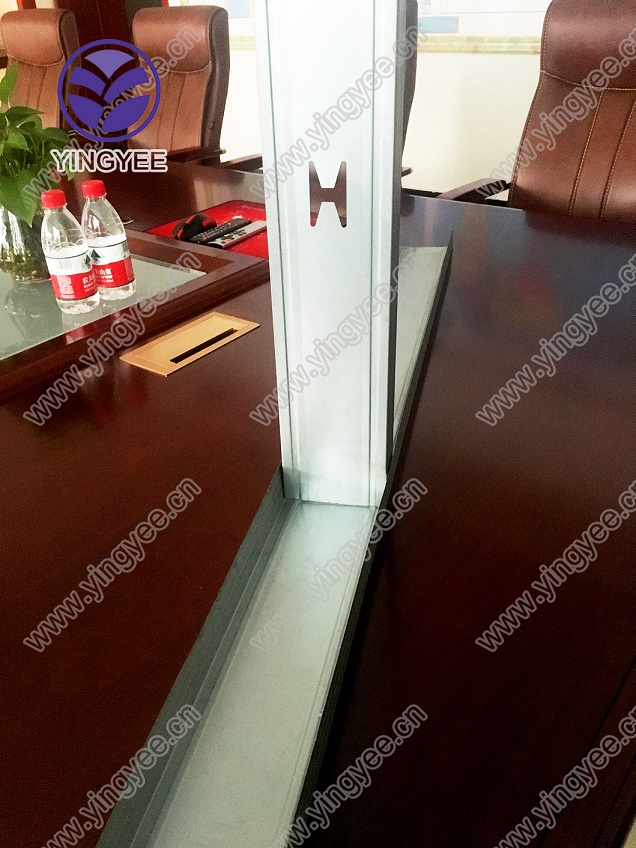
The Evolution and Significance of Stretch Bending Forming Machines in Metalworking
In the ever-evolving landscape of manufacturing and metalworking, the demand for precise and efficient bending processes has paved the way for advanced technologies. Among these, the stretch bending forming machine stands out as a pivotal tool for shaping metal into required forms with high accuracy and minimal waste. This article delves into the significance of stretch bending forming machines, the benefits they provide, and the role of OEM (Original Equipment Manufacturer) solutions in optimizing their capabilities.
Understanding Stretch Bending Forming Machines
Stretch bending forming machines are specialized devices designed to perform the stretch bending process, which involves the combination of bending and stretching a material, usually metal, to achieve desired geometric configurations. This technique is particularly beneficial for producing components that require intricate shapes and excellent surface finishes. The machine operates by first clamping the workpiece at both ends, then applying controlled forces to stretch the material while simultaneously bending it around a die or fixture.
Key Advantages of Stretch Bending Forming Machines
1. Precision and Accuracy One of the primary advantages of using stretch bending forming machines is their ability to produce parts with high precision. With advanced numerical control (CNC) features, these machines can execute complex bends with exact angles and dimensions, reducing the need for secondary operations.
2. Material Efficiency The stretch bending process is known for its material-saving capabilities. Unlike traditional bending methods, which can lead to substantial scrap, stretch bending minimizes waste by utilizing a larger portion of the original material, making it a cost-effective solution for manufacturers.
3. Versatility Stretch bending forming machines can work with a variety of materials, including aluminum, steel, and other alloys. This versatility allows manufacturers to use the machine across multiple projects and industries, from automotive to aerospace.
4. Improved Surface Finish The controlled stretching and bending process reduces the occurrence of defects commonly associated with conventional bending, such as wrinkling and cracking. This results in a superior surface finish that often eliminates the need for additional machining or finishing processes.

5. Enhanced Strength The stretch bending method can also enhance the mechanical properties of materials. The process aligns the grain structure in favorable ways, which can lead to improved strength and durability of the final product.
The Role of OEM Solutions in Stretch Bending Technology
Original Equipment Manufacturers (OEMs) play a crucial role in the development and enhancement of stretch bending forming machines. By leveraging innovative technology and customer-centric designs, OEMs can offer machines that are tailor-made to meet specific industry requirements. Here are a few ways OEM solutions contribute to the effectiveness of stretch bending forming machines
1. Customization OEMs can customize machines to fit specific applications, including modifications to accommodate particular material types, dimensions, and bending requirements.
2. Integration of Smart Technologies Modern OEMs incorporate smart technologies into their machines. These can include IoT capabilities for real-time monitoring, predictive maintenance features, and enhanced automation, all of which improve operational efficiency.
3. Research and Development OEMs invest significantly in R&D to advance stretch bending technologies. This ongoing innovation leads to the introduction of new materials and processes that further enhance the capabilities of stretch bending forming machines.
4. Technical Support and Training By providing comprehensive technical support and training, OEMs ensure that manufacturers can maximize the potential of their stretch bending machines. This includes operational training, troubleshooting support, and advice on best practices.
Conclusion
Stretch bending forming machines represent a significant advancement in the field of metalworking, combining efficiency, precision, and material conservation into a cohesive manufacturing solution. As industries continue to embrace these technologies, the role of OEMs becomes increasingly vital in driving innovation and ensuring that manufacturers achieve their production goals. The future of metal forming looks promising, with stretch bending at the forefront of shaping not just materials, but also the future of manufacturing. The continuous evolution of these machines, facilitated by OEM partners, hints at a future where manufacturing processes will be even more streamlined, efficient, and sustainable.